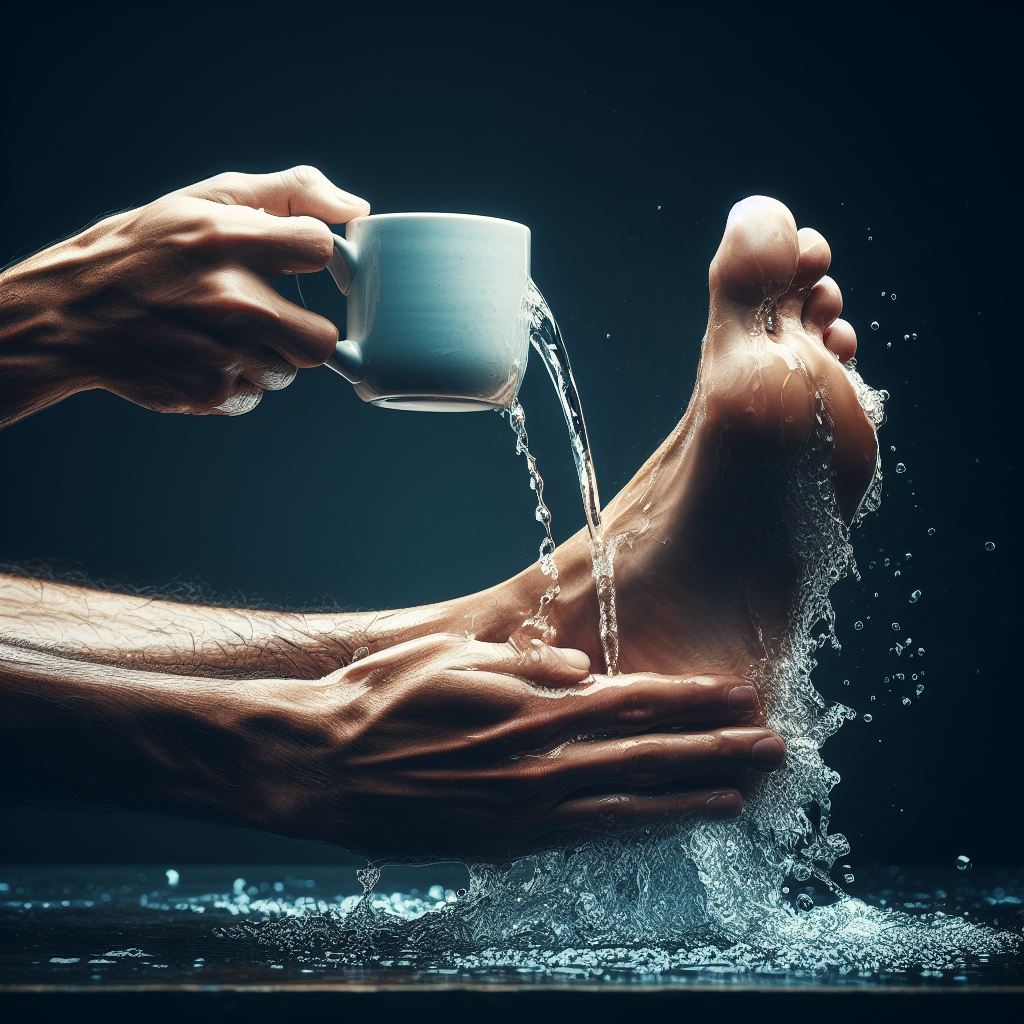Feet Psoriasis
Having psoriasis on any part of your body can make you feel uncomfortable. You feel the same way when you have feet psoriasis.
As you use your feet almost every day, they undergo a lot of wear and tear. On a normal day, you can get the occasional blister, but the pain increases when you develop feet psoriasis. Regardless of where they are, feet psoriasis can make you feel uncomfortable.
Tips on Managing Psoriasis
You can manage psoriasis by following the tips below:
- Quit smoking. It triggers psoriasis, and it’s bad for your health.
- Reduce your rate of alcohol intake as it can worsen the condition.
- Wear comfortable shoes that are made from natural fibres.
- Protect your feet with thick cotton socks and padded soles to prevent injury.
- Soak your feet in warm water twice a day and apply a moisturizer. After this, cover it in a waterproof dressing over the night.
Medical Treatment Options For Feet Psoriasis
Topical steroids
Usually prescribed by a dermatologist, you can use topical steroids for one month. On the other hand, strong steroids are usually prescribed to make them work on thick soles and palms.
Topical ointments
These ointments are gotten from vitamins D and A. They help slow down the growth rate of skin cells. However, a dermatologist should monitor the treatment for effective result.
Light Therapy
Ultraviolet Light Treatment helps to slow down the production of cell and knock out the inflammation-causing immune cells. It’s usually the next option in difficult cases of psoriasis. As a result, most doctors recommend it with oral medication.
Biologics
Your doctor or dermatologist may recommend biologics if other treatment options do not work. They work by blocking the immune system.
Symptoms of psoriasis on the feet
Feet psoriasis can be caused by the most common type of psoriasis, plaque psoriasis. It can also be caused by a rare type of psoriasis known as erythrodermic psoriasis and palmoplantar pustulosis, which affects the sole of the feet.
Palmoplantar pustulosis psoriasis usually appears as many small, pus-filled blisters on the feet or hands or both. These blisters may look infectious, but they’re not.
Erythrodermic psoriasis appears as red scaly patches on the feet or any other part of the body. It often occurs due to sunburn reaction, and it can sometimes be severe and require immediate medical care.
Feet Psoriasis Triggers
Potential feet psoriasis triggers vary from individual to another. Some of these triggers may include:
- Insect bite
- Sunburn
- Injury to the skin
- Cold weather condition
- Emotional stress
- Certain medications
- Infection or illness
Lifestyle Tips to Managing Feet Psoriasis
Sometimes, you only need a little change in your lifestyle to prevent what triggers your psoriasis. A few lifestyle tips that may help include:
- Staying healthy and keeping a healthy weight
- Avoiding alcohol intake and smoking
- Eating a balanced diet
- Keeping your skin moisturized with the use of emollients
- Avoiding any soap or cream that can cause skin dryness
- Taking notes of specific triggers and avoiding them
- Engaging in regular exercise and minimizing stress.
Feet psoriasis is characterized by cracked, irritated and dry skin and sometimes pus-filled blisters. Although psoriasis symptoms usually affect adults, it is more common in women.
If not checked on time, it can interfere with your daily activities.
Feet psoriasis is a painful condition that can be challenging to treat, but following the above guidelines will help prevent psoriasis flare-ups.

